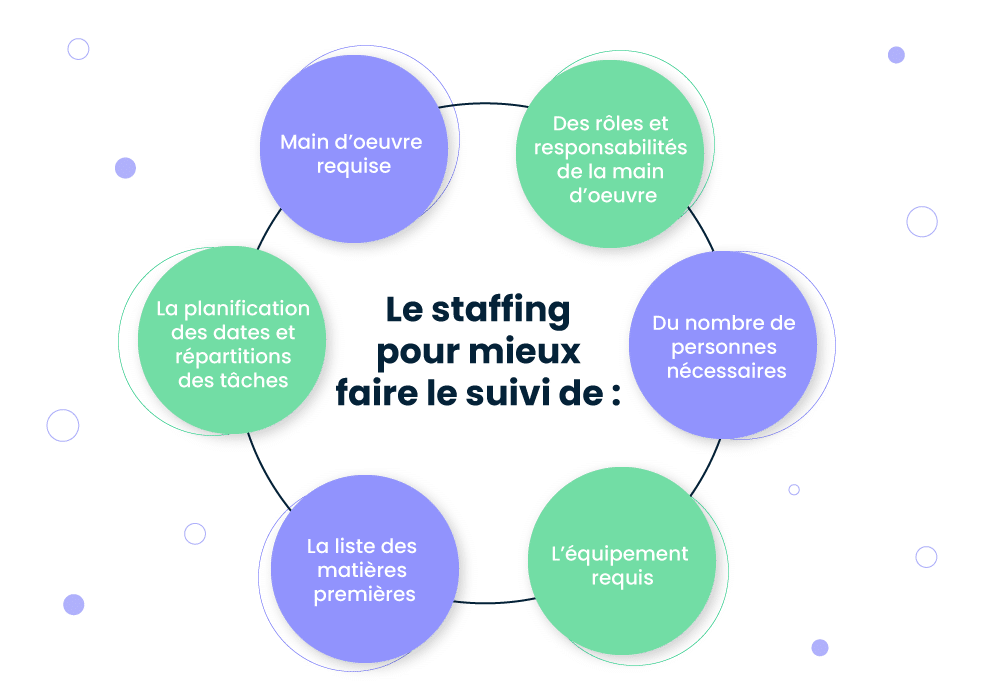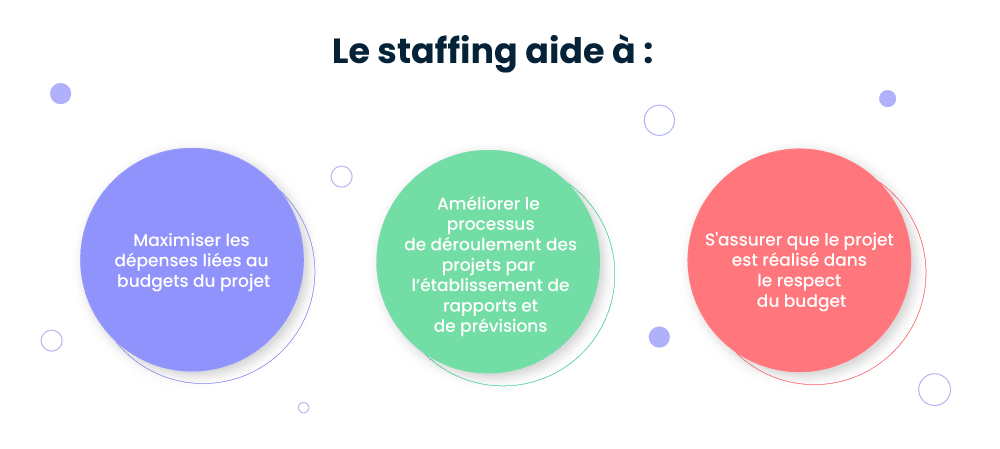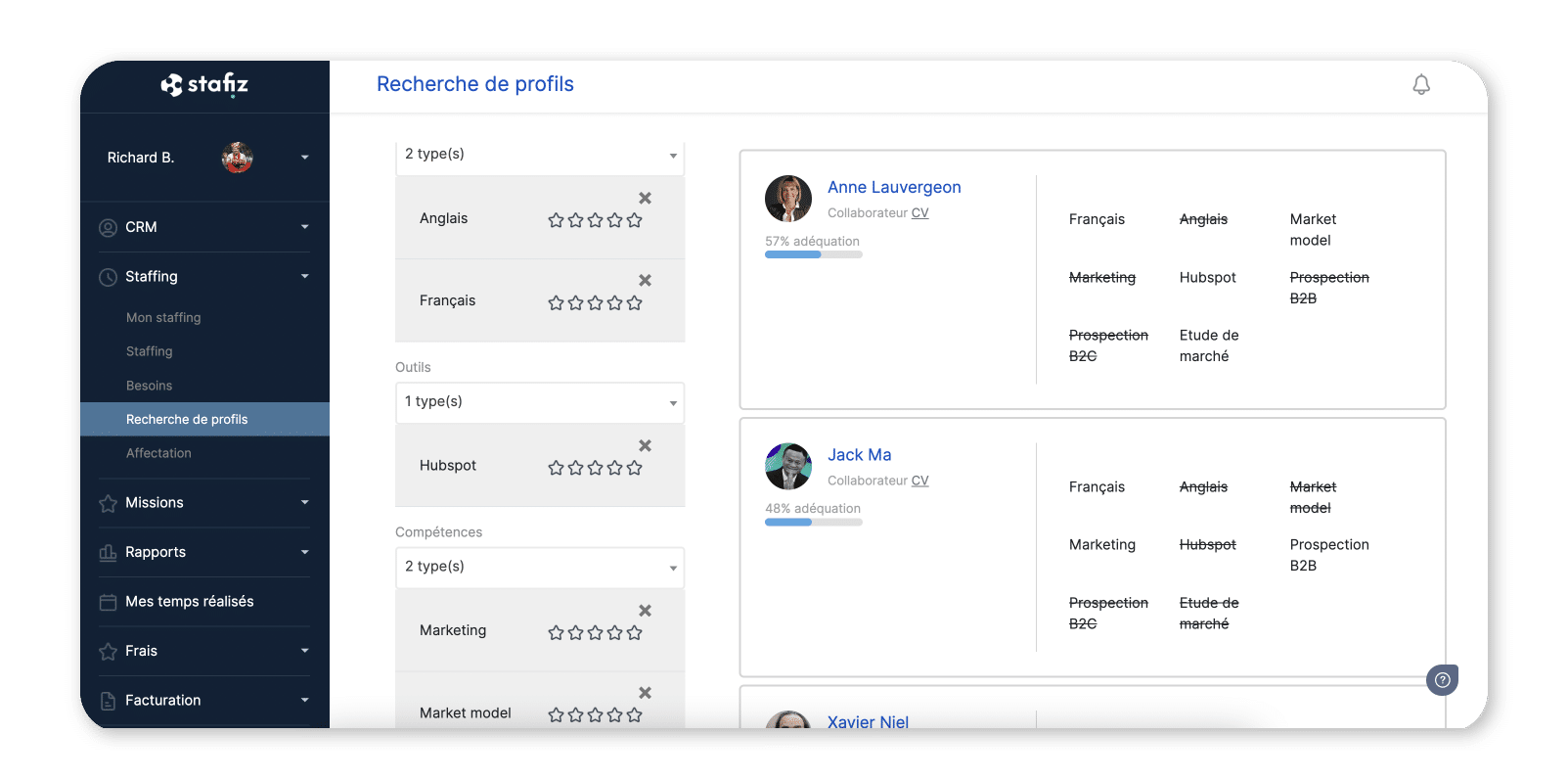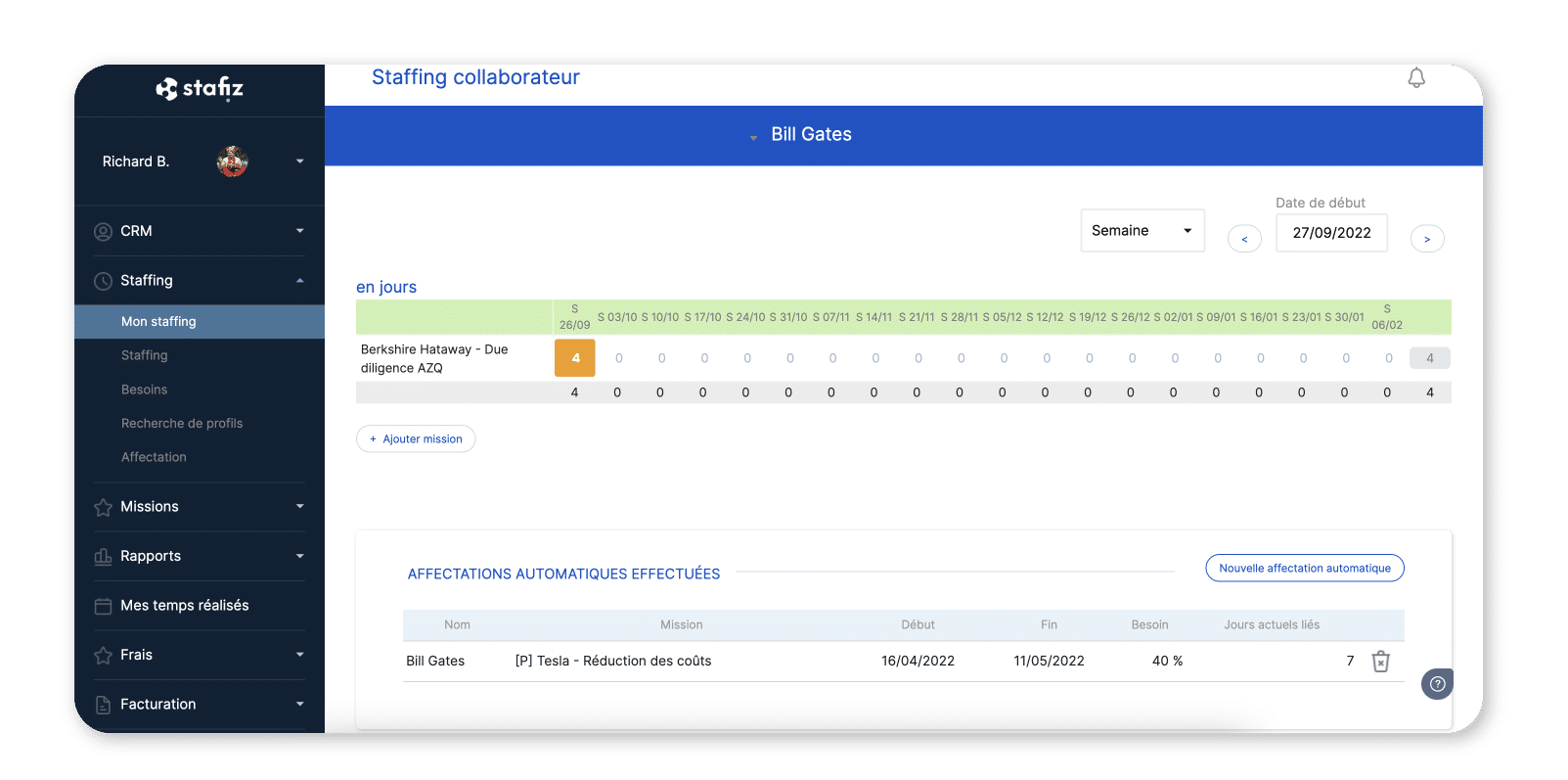A resource planning for better project management

To bring a project to fruition, step by step, it is necessary to anticipate all the resources required. And this is made possible thanks to the resource planning. A good resource planning must be very detailed in its planning and must include everything necessary to accomplish the project: quantity of labor, equipment, and other materials. Quality planning is what gives stakeholders confidence to embark on a project.
Why do a resource planning When you are in charge of a project?
The resource planning starts during the project planning phase. It is set up by the person in charge of managing the project's resources who is responsible for identifying the resources requested for the project. A good resource planning will reduce the budget and help to better understand the various expenses. If we can give you a recommendation, it would be to create a standard model for you. resource planning.

During the resource planning, try creating two types of plans:
- A hypothetical resource plan: without their constraints
- A real plan: based on their actual availability
Prepare for different eventualities by creating what-if scenarios during your planning to better anticipate the unexpected. Integrate them into the actual project planning afterwards. Doing this will allow you to see how these things may affect it and plan for contingency resources to address the risks the project will face.
The importance of the resource planning :
In the same way that human beings need food, water and a certain comfort to live, projects need resources to achieve their objectives. The main advantage of doing resource planning is to be able to monitor project deadlines and customer deliverables in real time.
The advantages of the resource planning :
Stakeholders have a limited budget for projects, and the operating costs to manage a project have increased. It is therefore imperative to ensure that project resources are not wasted.
Obviously, carrying out a project with a huge budget is much simpler. However, most of us have to carry them out on relatively tight budgets, which is a real challenge! This is why the resource planning is crucial. The most complicated part of project management is resource allocation. Use a resource planning will allow you to do it more easily and half of your project will already be successful. First, create a list of the resources you need and divide them into the crucial tasks. This will then allow you to distribute the rest to the other tasks efficiently and precisely.
How does the resource planning Is it related to project management?
PMI conducted a survey by interviewing 4,455 project managers who were having difficulty planning their projects. That is to say: carrying out tasks within a budget or meeting deadlines, etc. These problems surface when no resource planning solid is not put in place.

What happens if there is no resource planning in a project?
- 48% of projects will not meet deadlines
- 43% of projects will go beyond the allocated budget
- 31% of projects will not achieve their objectives
Do you understand now? The resource planning is an integral part of the project and cannot be avoided. If this happens, you won't be able to keep track of your budget and resources working on the project. Skip the box resource planning will condemn the project to failure.
The benefits of a project are proportional to the resources needed to carry it out. It's not complicated to allocate resources in hardware and infrastructure, what is more complicated is to plan and schedule the tasks and times of each team member.
The benefits of resource planning :
- Understanding your resources and knowing how to use them will help you avoid some obstacles before they arise.
- Identify if there are no overallocated resources on a task. Calculate resource dependency by knowing your team's workload. This will help you reduce resource depletion.
- Create a limit of resources needed for each activity. Ensure that the limit is strictly adhered to.
- After you know what you need to complete the project, you need to create the resource planning and measure the ROI of the project.

How to start your resource planning ?
Here are 3 things your planning resource planning Must have:
- Scheduled dates for each task: This should include the duration requested by those working on the project, equipment rental, and project site rental.
- The number of resources required for each project task: Many of them are used on a daily basis, so be prepared to set up a detailed schedule to determine how they will be used.
- Make a detailed program of resources to track durations, money spent, and add them to a calendar to keep track.
Step One: Make a List of Resources
Lay down all the resources needed for your project and structure them by tasks. Then, decide which of them would be better suited to work on which task. Explain their role and decide what equipment you need for the project (computers, office equipment, machinery etc.) Then, create a list of non-consumable resources that you need. This can include: wood, steel, cement, etc.

Search for profiles in Stafiz
Step Two: Estimate Resource Consumption
Determine how many resources will be used from the list of resources during the project lifecycle. For example: how many hours a day should the workforce work? How many types of equipment do I need to rent for the project?
Do the same for the materials used in the project. For example: how much wood and what size of construction wood are required? The same is true for planning hardware resources, such as software licenses for computers.
Be accurate with your estimates and add the data into your project management software. Try to find out when resources are consumed and what the rate of consumption was that day. Having the right data will help you allocate your resources more efficiently.
Stafiz supports you in the management of your resource planning and helps you to better manage the workload of your employees. Benefit from a more complete visibility on the different profiles, their experience and availability in order to assign them to missions that suit them.
Step Three: Create a Resource Schedule
Based on the information gathered in the first two steps, create your resource schedule. Specify resources, time frame, and consumption throughout the project. Quantify resource consumption by the day, week, or month. Then calculate the total (quantified) resources on a weekly or monthly basis. Set aside some resources to manage issues that will inevitably surface during the project lifecycle.
The techniques of the resource planning :
1. Resource allocation:
Allocate your resources based on the skills and abilities of team members. In this way, your project will be carried out in a more qualitative and efficient way. In addition, it will be all the easier to direct it if everyone performs tasks that are familiar to them and for which they have the skills. For clarity in task assignment and more detailed analysis of resources, use the project resource allocation reports. These reports help reduce schedule delays and avoid going over budget.

Assigning employees in Stafiz
2. Levelling of resources:
This technique helps identify resources that are over- or underutilized in your projects. For example: An IT project manager with coding knowledge and skills can help a software team fix errors. This can help the project reduce hiring external staff to get advice on coding errors if this is an issue.
3. Resource forecasting:
Resource forecasting allows you to predict the number of resources needed before a project begins. When planning the project, this technique gives more visibility into constraints, unexpected costs, and risks. The project manager must have an in-depth knowledge of the project and its objectives to make his predictions. The project manager must of course be aware of all the resources available in the organization to be able to carry out his forecasts well.
Conclusion:
Having an accurate resource schedule, with detailed information about the people and materials included in the project, is the key to a resource planning successful. Don't assign more than three tasks to your resources to perform simultaneously if you don't want to hinder their efficiency. Knowing that every project is unique, schedule changes are inevitable and the structure of assigning work will change as well. Still, try to minimize confusion in resource allocation to produce better results.
Create a prioritization of tasks to ensure that the most urgent ones will be completed on time, not in order of preference. Have a realistic view of your workgroup when it comes to the turnaround time for a specific task. Also, find out what they need to do so, and how it aligns with the goals of the organization and stakeholders.
The resource planning has evolved a lot in recent years. You no longer need spreadsheets or whiteboards to get organized. A project management tool, or project management software, resource planning such as Stafiz can help you maximize your time and that of your team, meet your budget and deadlines in an efficient way.
Also read: Better manage your teams with a management tool resource planning
What criteria should you take into account when purchasing a workload management tool that fits business? Find out which tool is right for you, depending on your needs and type of business.

